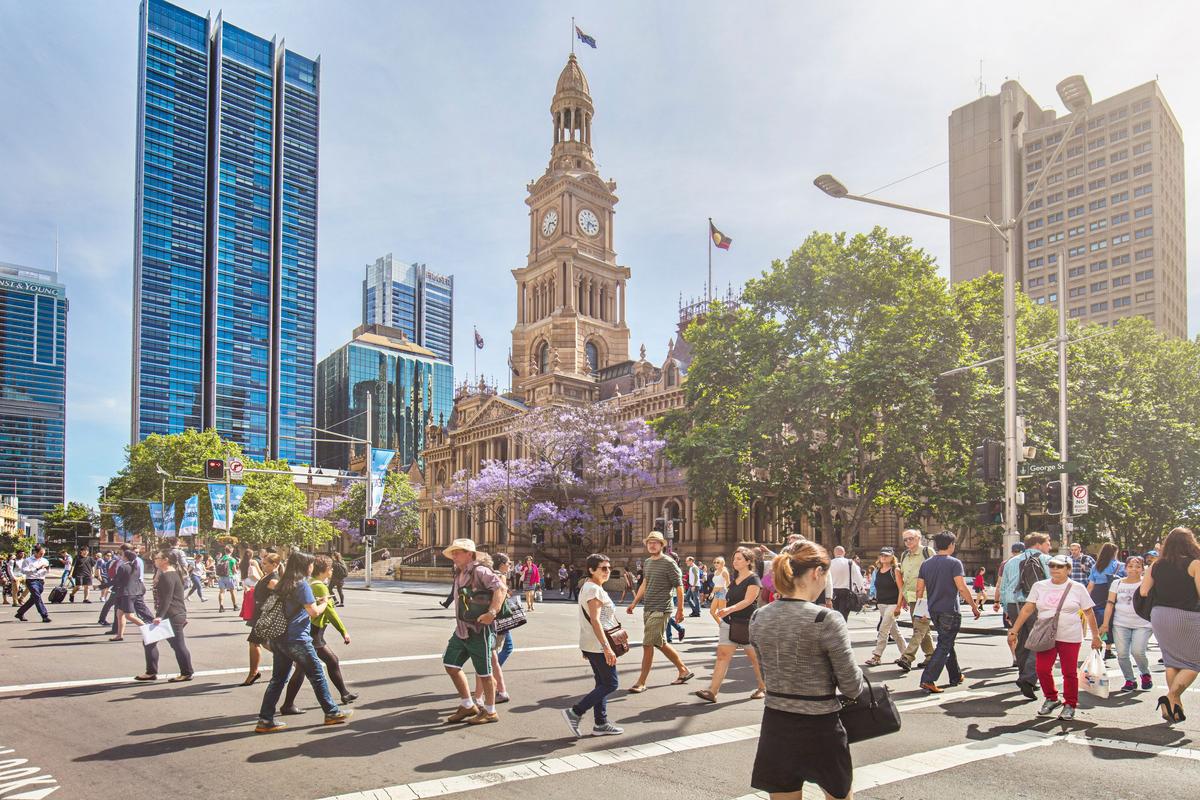- August 12, 2025
Micro-Trends in Australia’s Real Estate Market You Need to Know in 2025
Australia’s property market has always been shaped by local nuances, but 2025 has spotlighted micro-trends that are redefining opportunity. While national conversations evolve around interest rates and the performance of major capital cities, the real driving factors such as regional growth, infrastructure booms, and shifting rental dynamics are hiding in plain sight.
New South Wales: Western Sydney Powering Ahead
While central Sydney markets remain stable, Western Sydney’s growth trajectory is rising fast. With major infrastructure projects like the Parramatta Light Rail and Metro West underway, significant value is being unlocked in western local government areas. Population growth in areas such as Blacktown, Camden, and Liverpool is expected to boom by almost half a million over the next decade.
Areas surrounding the Western Sydney Aerotropolis is drawing investor interest due to its strong rental growth. As affordability becomes more strained in inner Sydney, investors are seeing greater upside in western corridors with strong infrastructure, consistent demand, and room for long-term potential.
With vacancy rates currently sitting at 1.2% and rent growth trending upwards, Western Sydney offers a strategic long-term opportunity to invest ahead of the curve, ideal for investors looking to capitalise on infrastructure growth.
Queensland: Regional Markets Outshine Brisbane
Queensland continues to be a standout performer, particularly in areas outside of Brisbane. With vacancy rates slipping from 1.0% to 0.9% within the last quarter, Queensland’s rental supply is tightening fast. Driven by interstate migration and housing affordability, regional areas such as Gladstone (+27.2%), Townsville (+26.9%), Rockhampton (+21%), and Mackay (+19.2%) have seen tremendous annual dwelling value growth.
Growth corridors such as the Sunshine Coast and Springfield are proving popular with first-home buyers and rentvestors. Low vacancies, consistent rental price growth, and regional infrastructure growth are drawing both owner-occupiers and investors alike.
With tight rental supply and rising demand, regional Queensland is offering a rare combination of cashflow and capital growth. Entry costs are still reasonable, making it ideal for first-time investors and those seeking portfolio diversification.
Victoria: Metro Uncertainty, Regional Stability
While inner-Melbourne areas remain relatively flat, regional and outer suburban markets are picking up. Investor sentiment in Melbourne has been severely impacted by evolving tax policies and legislation, pushing many to seek opportunities elsewhere.
Affordable regions like Mildura, Shepparton, and Mooroopna are seeing annual growth and consistent rental demand, making them attractive for first-time buyers. Meanwhile, oversupply in central Melbourne, particularly in the apartment market, has stalled price recovery, discouraging investors chasing yields.
Investors who are shifting their focus from metro areas to regional hubs with infrastructure investment and steady population growth are rewarded with greater long-term returns.
Western Australia: Regional Surge Beyond Perth
Investor demand in Western Australia is growing beyond Perth metro to high-performing suburban and regional centres. Geraldton led the state in early 2025 with a 6.5% median price jump in just one quarter. Bunbury and Albany have also reported strong annual gains.
Vacancy rates remain tight across the state, supporting rental price increases and creating favourable conditions for landlords. With increasing attention from interstate investors, the WA market is quickly rising in popularity amongst those seeking capital growth and yield.
Offering a compelling entry point for investors, regional WA is ideal for those looking to capitalise on infrastructure, tourism, and trade. Investors currently holding properties in these regions are encouraged to keep rental reviews and equity optimisation at the top of mind.
Northern Territory: High-Yielding, But Volatile
Darwin continues to boast the highest gross rental yields in Australia, with suburbs like Driver, Karama, and Moulden achieving yields of up to 9.46%. While this appeals to yield-chasing investors, the NT market remains one of the most volatile, with fluctuations in demand and occasional oversupply.
Darwin pays off as a strong option for short-term cashflow strategies, but investors are urged to proceed with caution. Smart investors are carefully managing their risk by considering areas with stable employment drivers and avoiding over-leveraging.
Australian Capital Territory: Stable Returns & Low Vacancies
Canberra has quietly delivered a strong performance throughout 2025. Capital growth sits at 2.5% over the past six months, and vacancy remains below 1%. The city’s consistent public-sector employment and limited housing supply provides a cushion against significant volatility.
Annual rent increases around 5% are reinforcing investor confidence in the ACT.
For those seeking conservative, long-term investments, Canberra offers reliability and steady rental returns.
South Australia: Leading Capital Growth Nationwide
Adelaide continues to outperform, with 9.4% capital growth in mid-2025, and a $75,000 jump in median home values in just a year. Regional SA is also thriving, with 12.5% annual growth. Suburbs such as Playford, Munno Park West, and Mount Barker are at the forefront of expansion.
Vacancy remains extremely low at 0.8%, supporting steady rental income. SA remains one of the few markets left in the country with entry-level price points under $500k, offering solid viable options for new investors.
SA’s balance of growth and affordability provide excellent entry points for those seeking low-risk capital growth and high occupancy, while still securing strong rental performance.
Tasmania: Undersupply Creates Opportunity
Hobart’s property market has cooled from its previous spikes, but vacancy in high-demand areas remain below 1%, with yields approaching 3.4%. Redevelopment plans such as Macquarie Point are expected to drive longer-term market revival. In the meantime, suburbs like Moonah, Geilston Bay, and Rokeby are gaining traction due to low vacancy and stable rental yields.
Hobart presents excellent opportunities for investors seeking affordable properties with consistent demand. With major infrastructure plans in place, capital growth could return within the next 12-24 months, kickstarting the market’s recovery.
Strategy Starts Local: Maximising Your Investment Portfolio
Australia’s property market is more diverse and full of opportunity than ever before. In 2025, the key to success lies in thinking local, identifying emerging growth corridors early, aligning your portfolio with local trends, and diversifying. Whether you’re seeking long-term capital growth, steady cashflow, or a balanced portfolio, every market presents its own set of risks, nuances, and rewards.
For investors looking to navigate these diverse markets successfully, professional property management services can help maximise returns across Australia’s varied micro-markets, from tenant screening and placement to market analysis and risk assessment.
At Blink Property, we’re committed to helping you move with the market. Real estate never sits still, and neither should your strategy. No matter what your property needs are, we can help get you connected. Contact us today to discover how we can help you capitalise on these micro-trends shaping Australia’s property landscape.
Let’s find your next
perfect property
Have questions or ready to take the next step? Whether you’re buying, selling, or just exploring options
Email Address
contact@blinkproperty.com.auPhone Call
1300 629 610Ready to make a move?
Contact us today to discuss your property needs and choose the right plan.
We’re here to guide you
through every step of the process.









